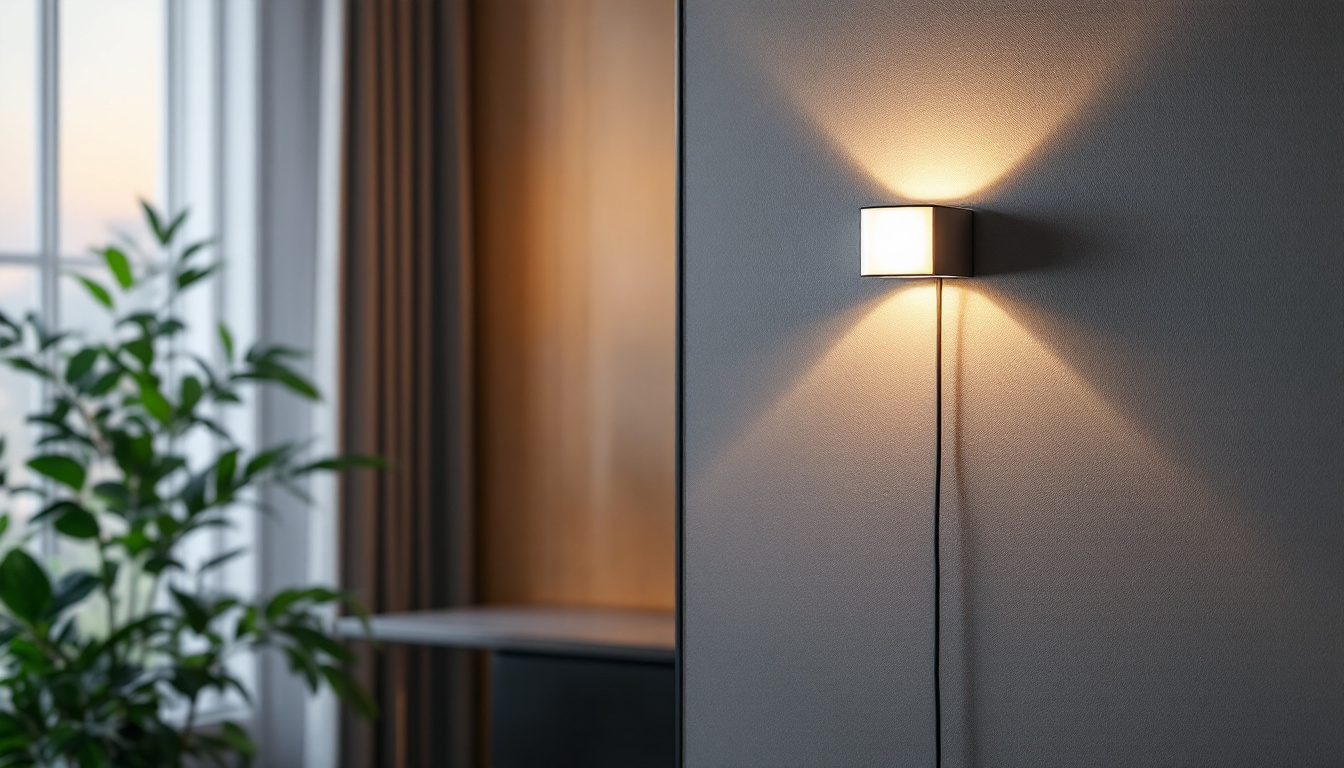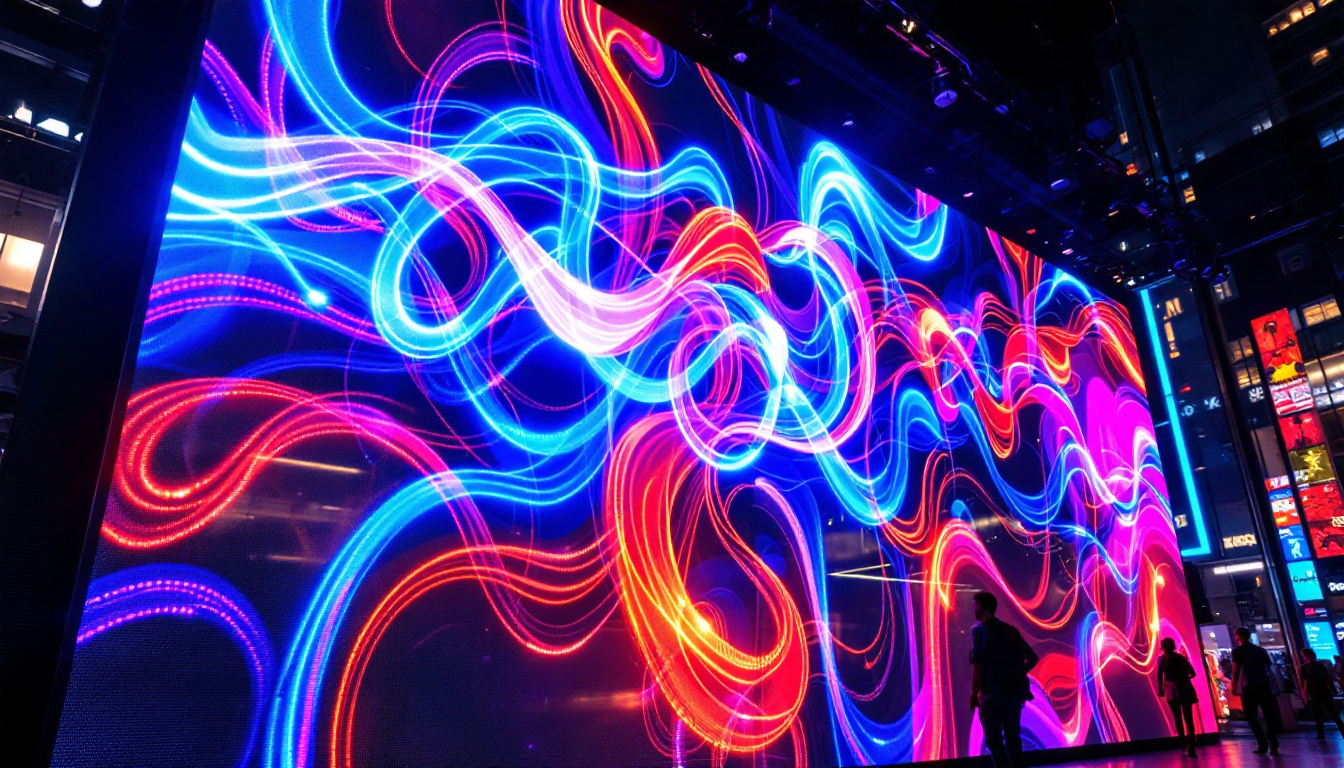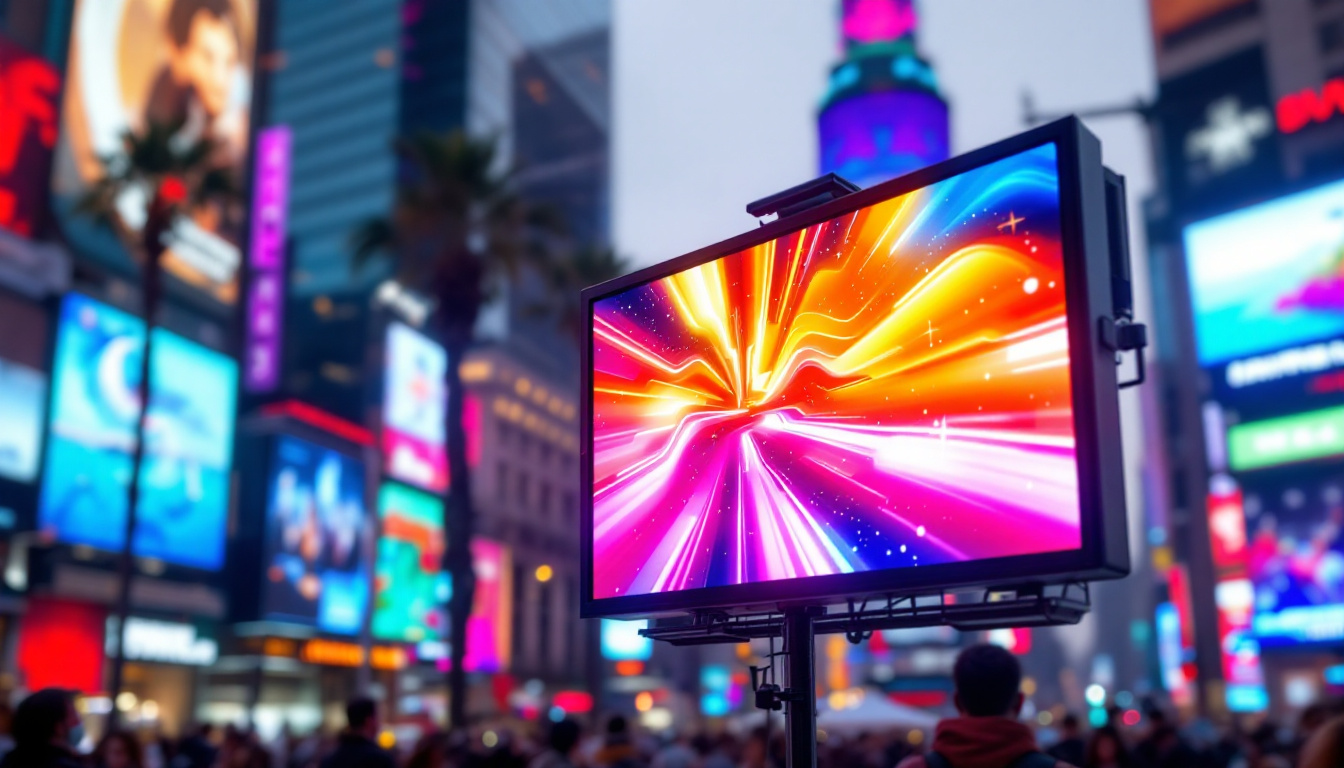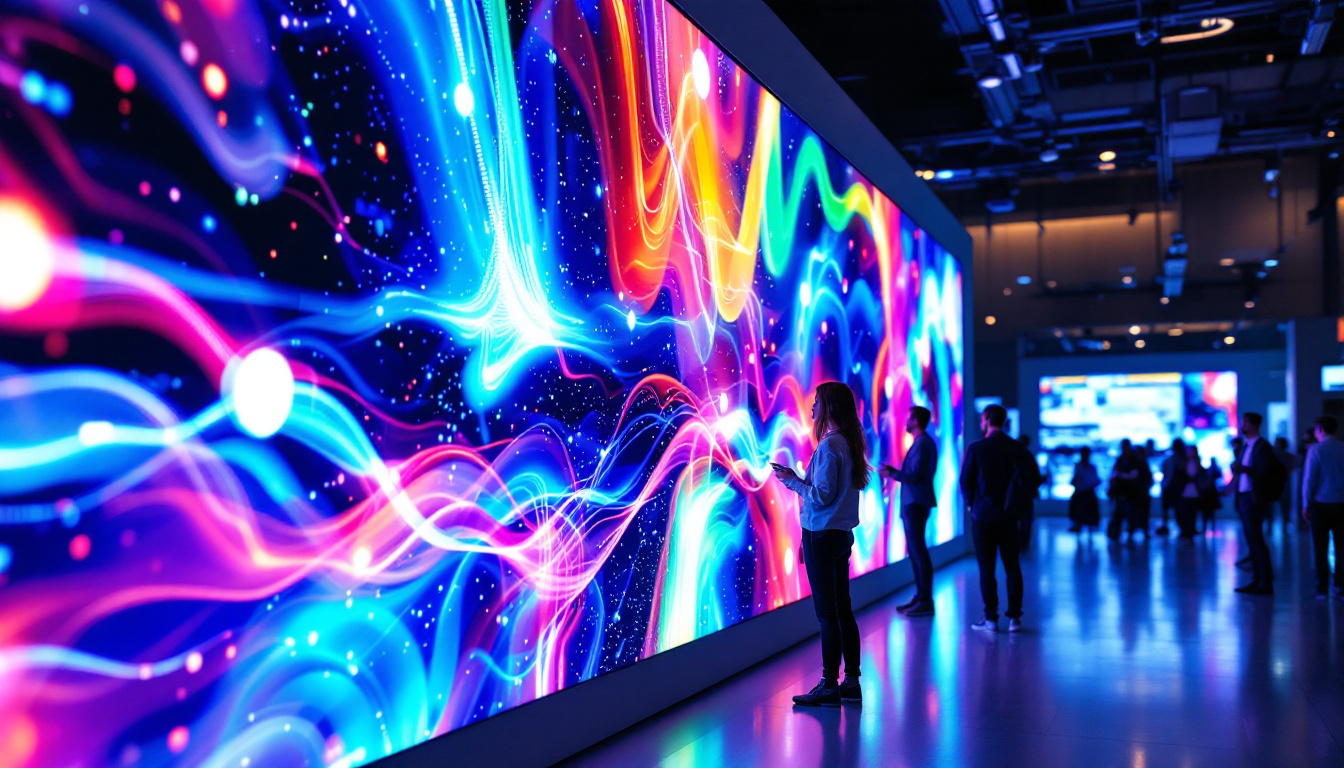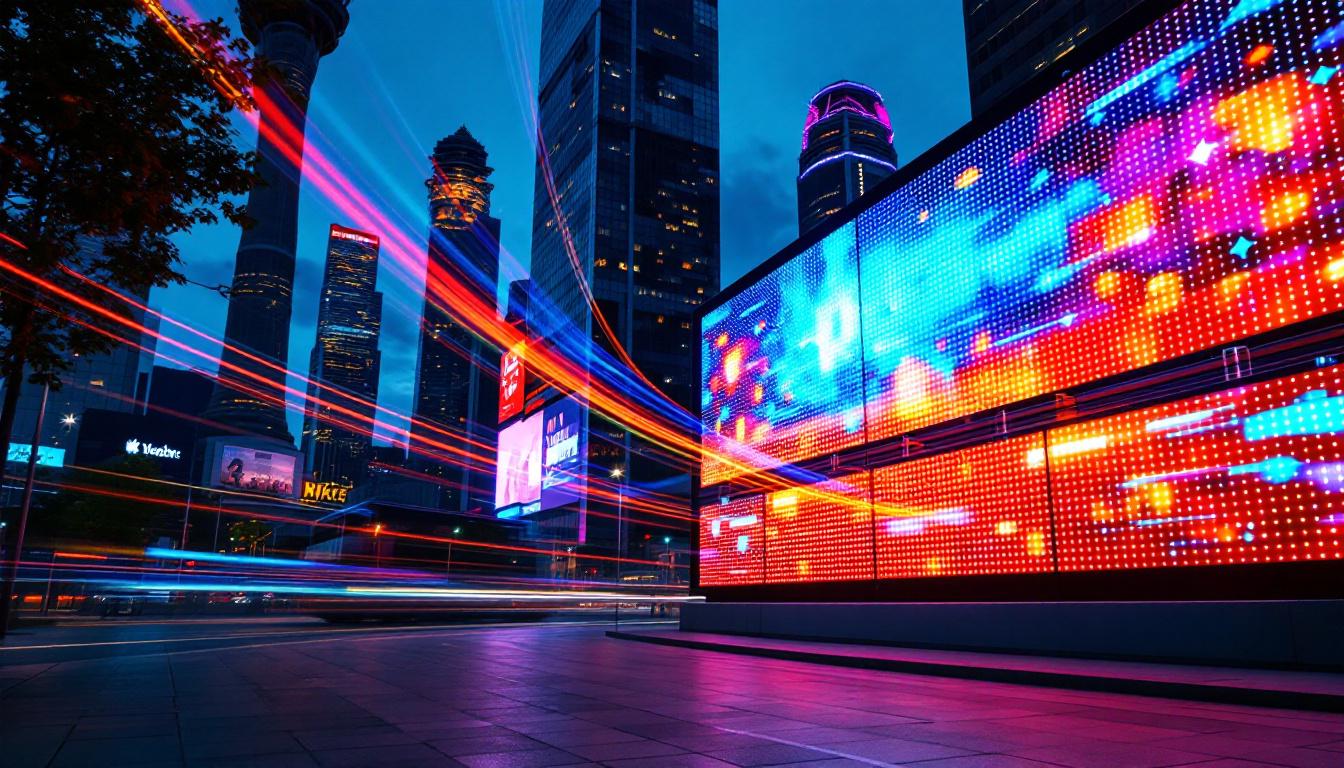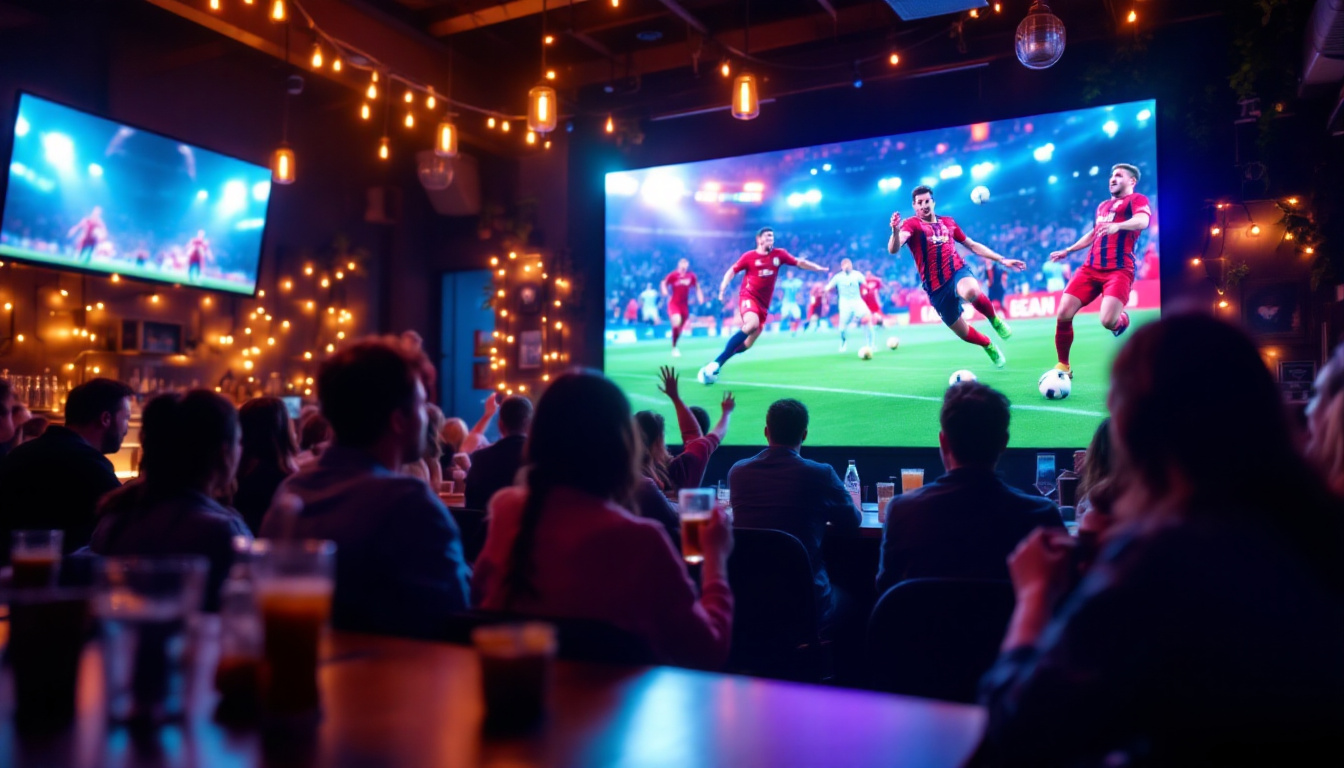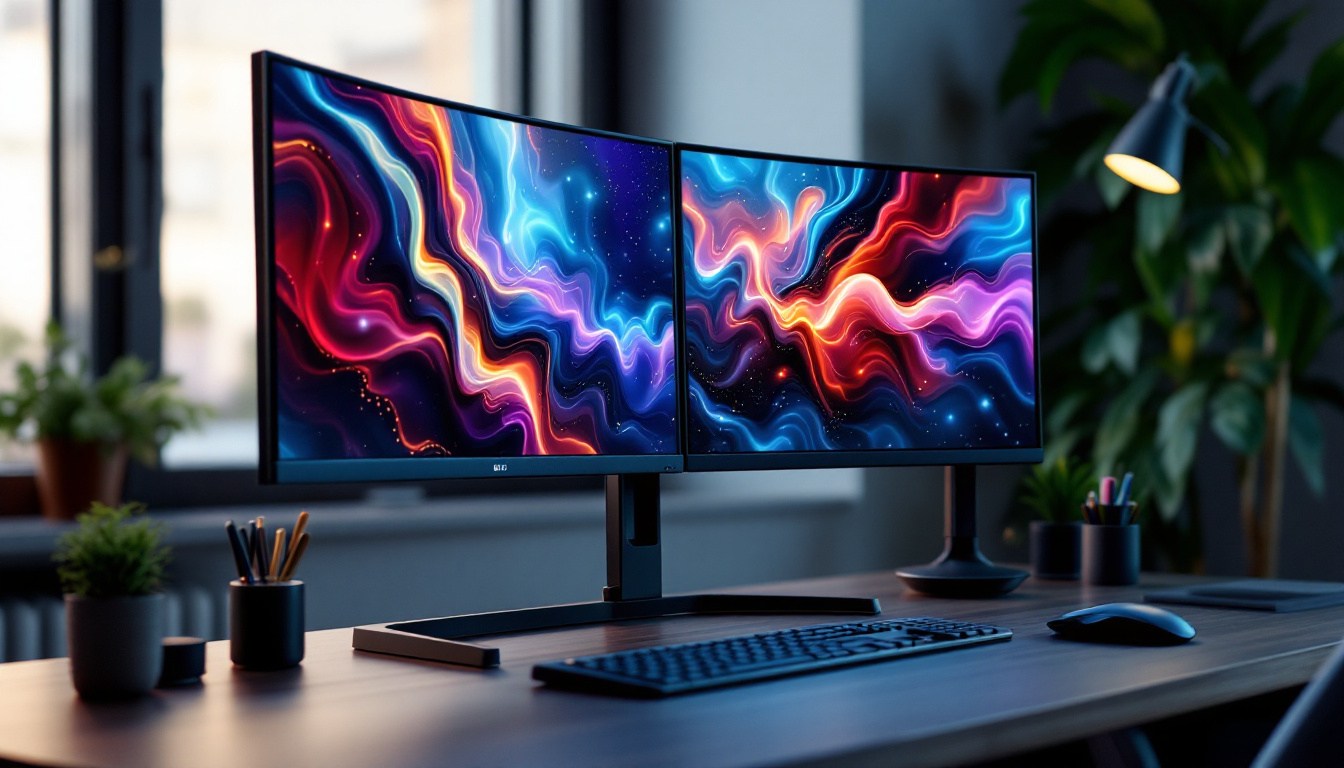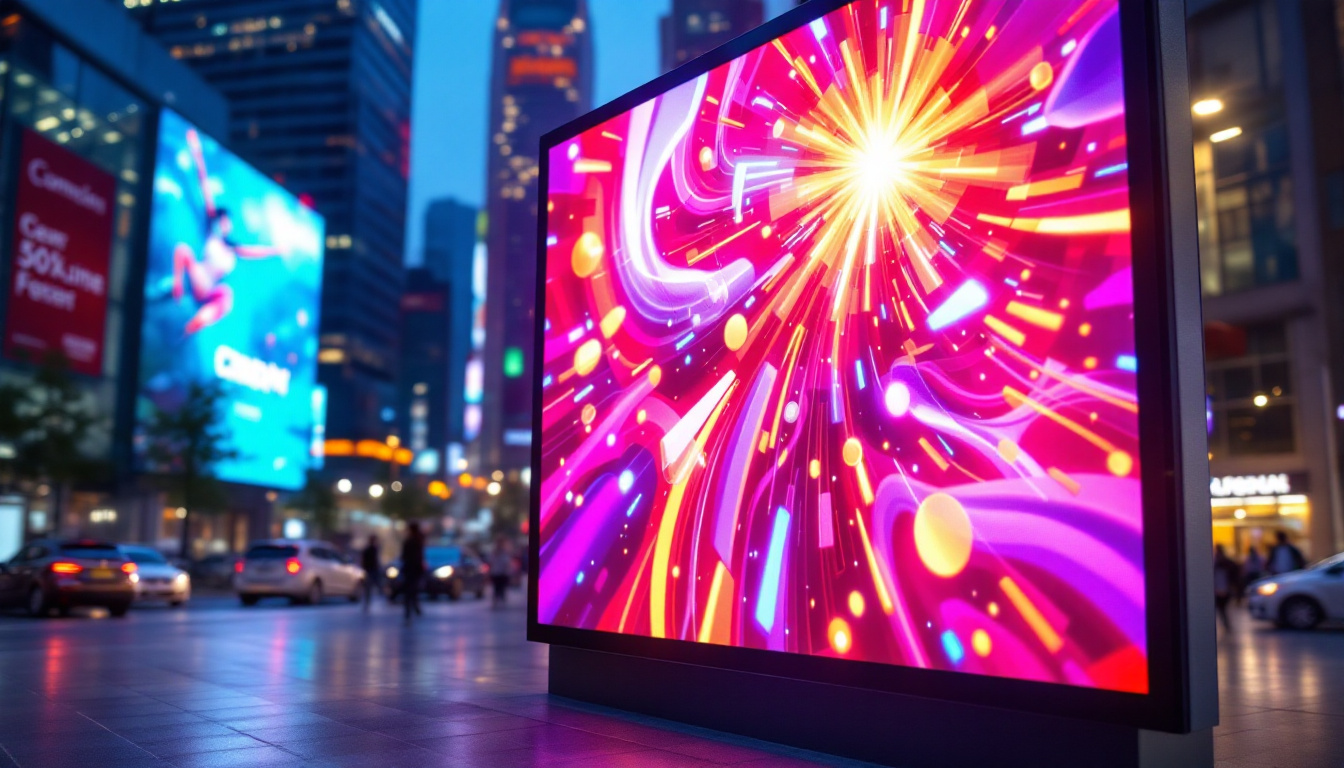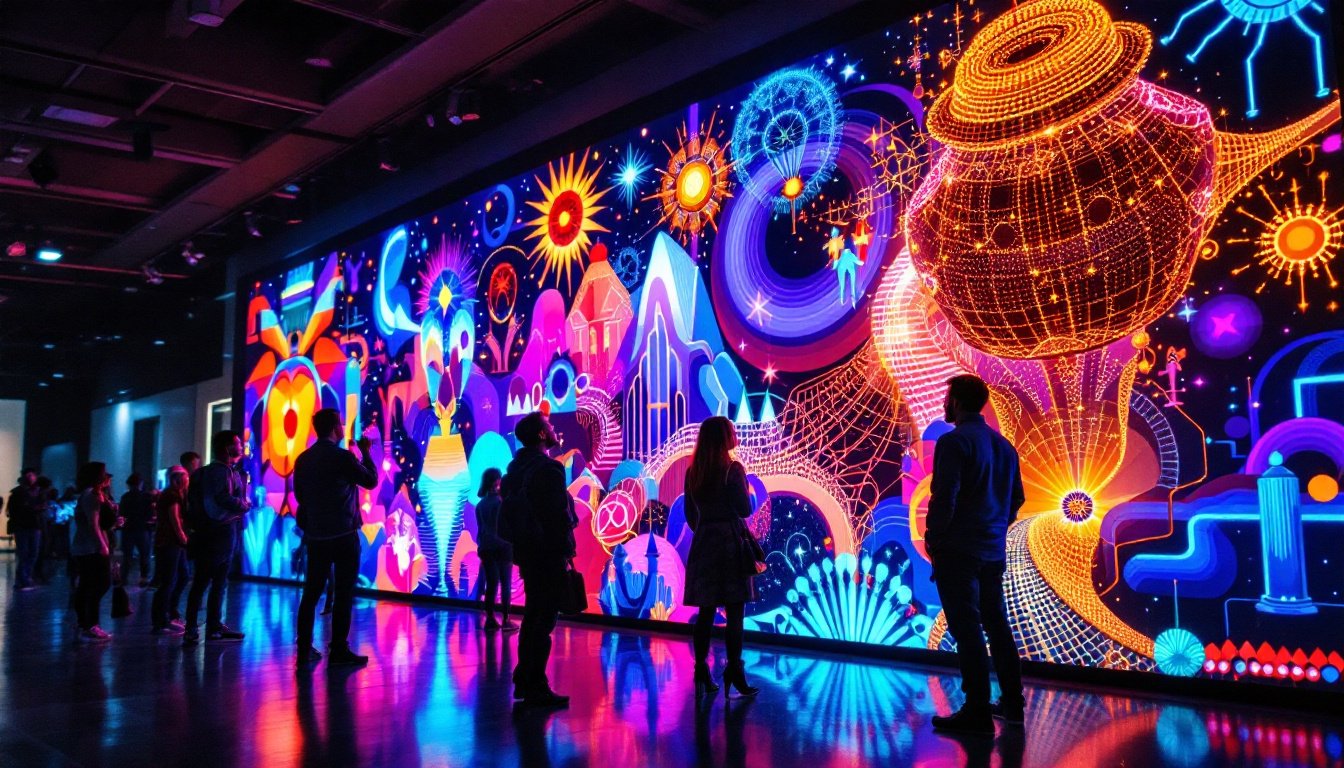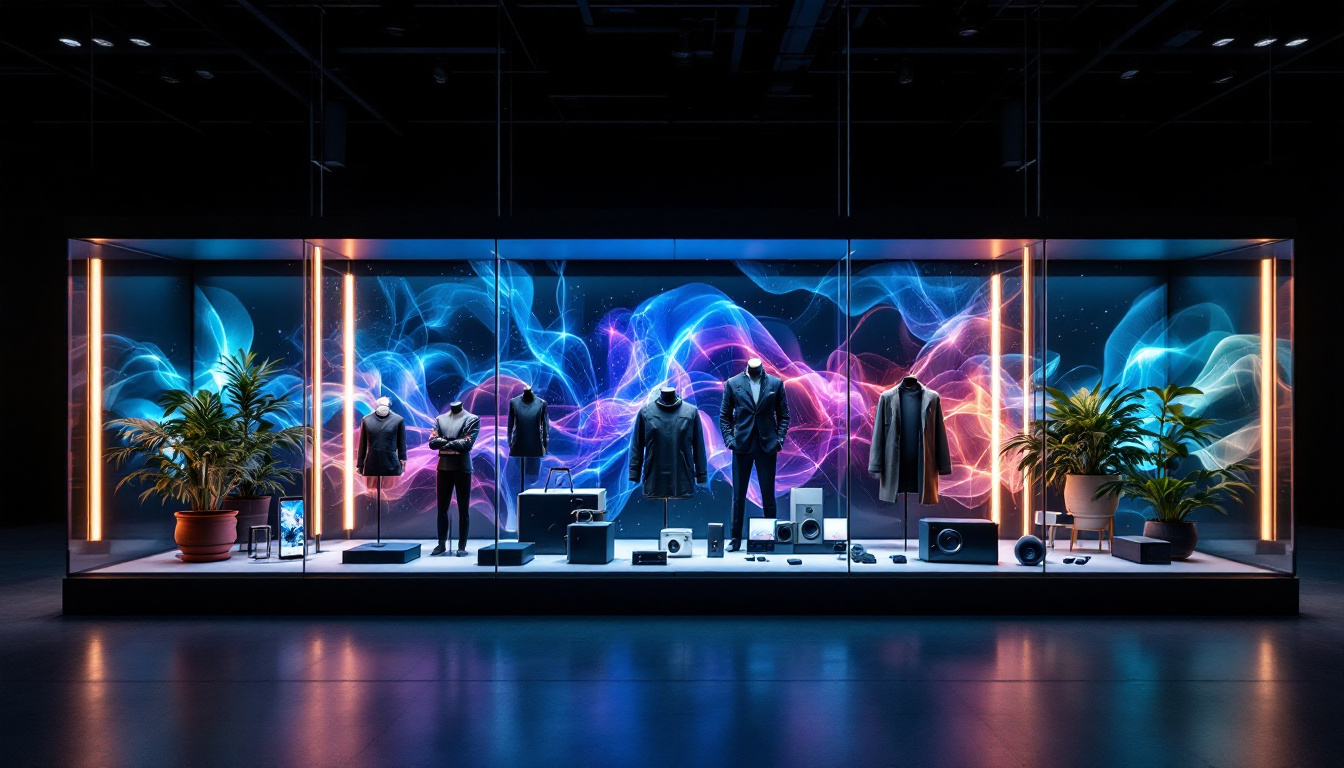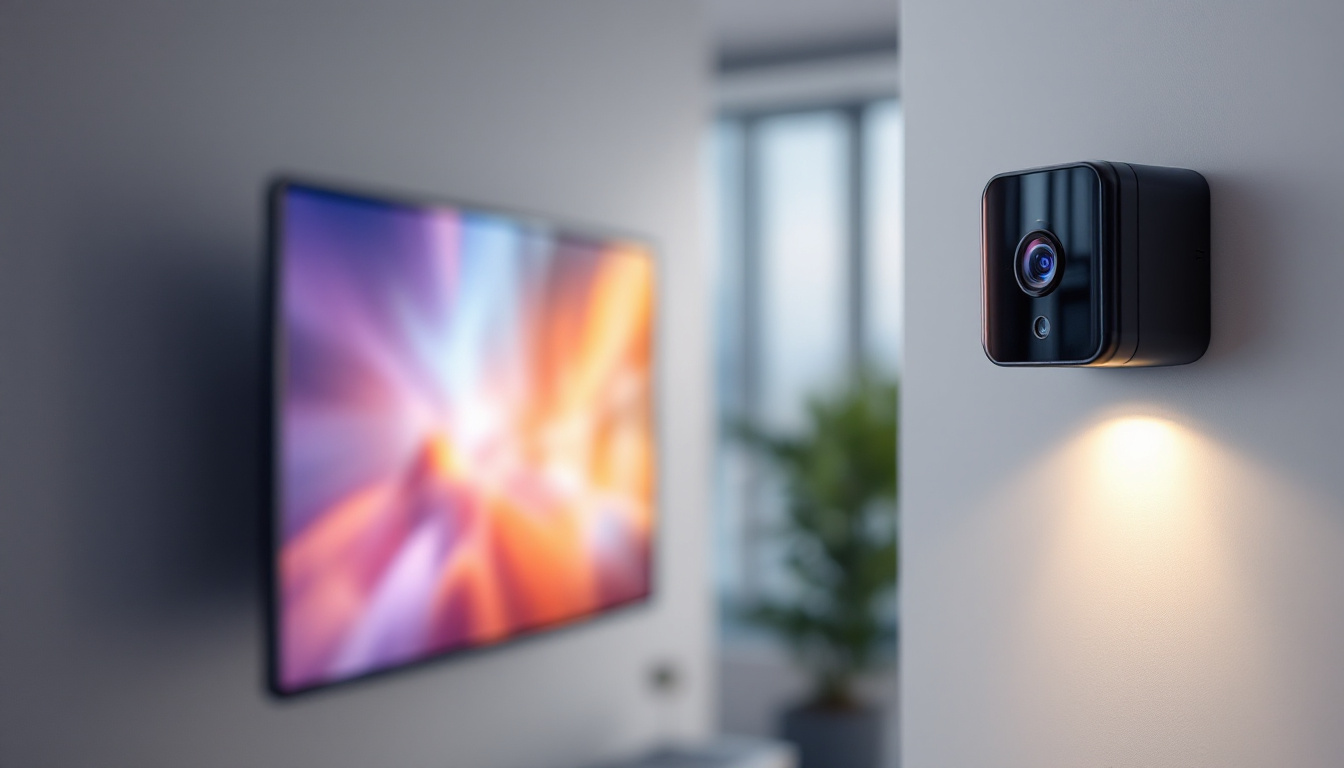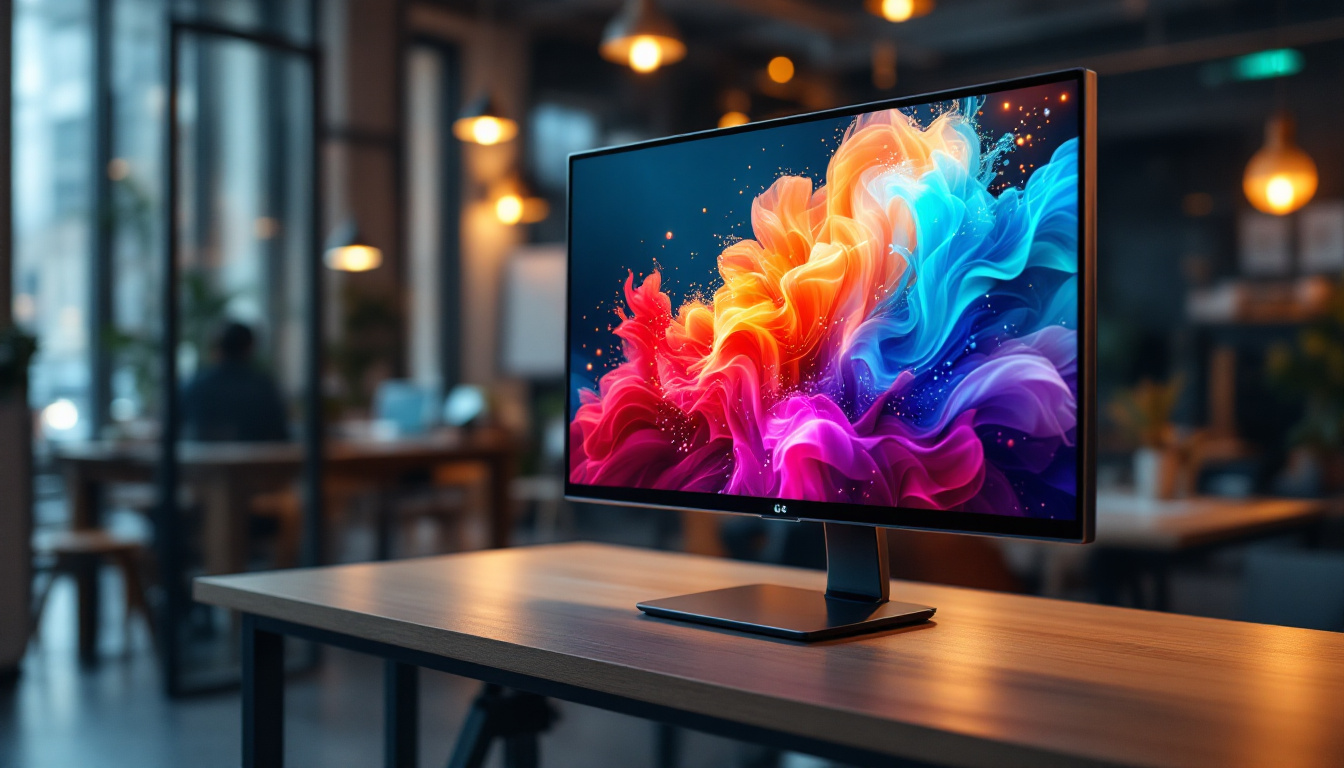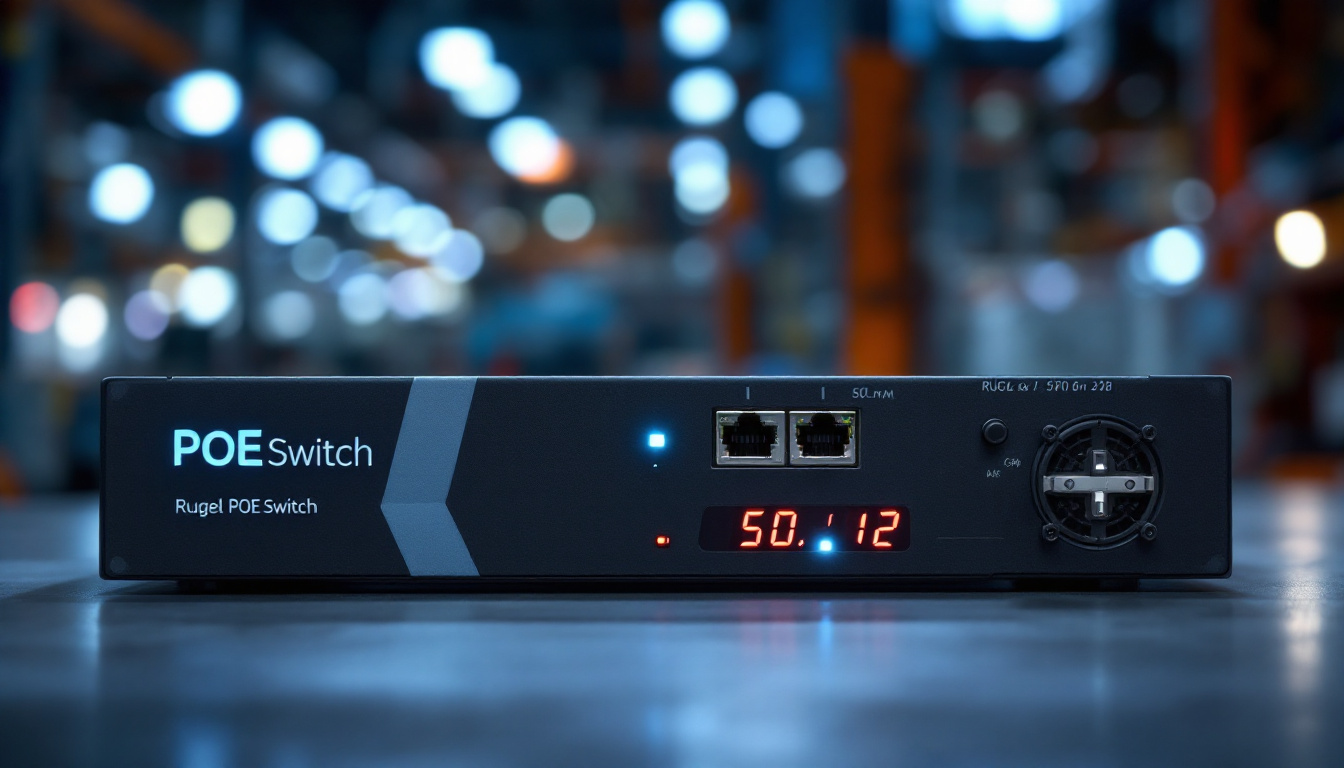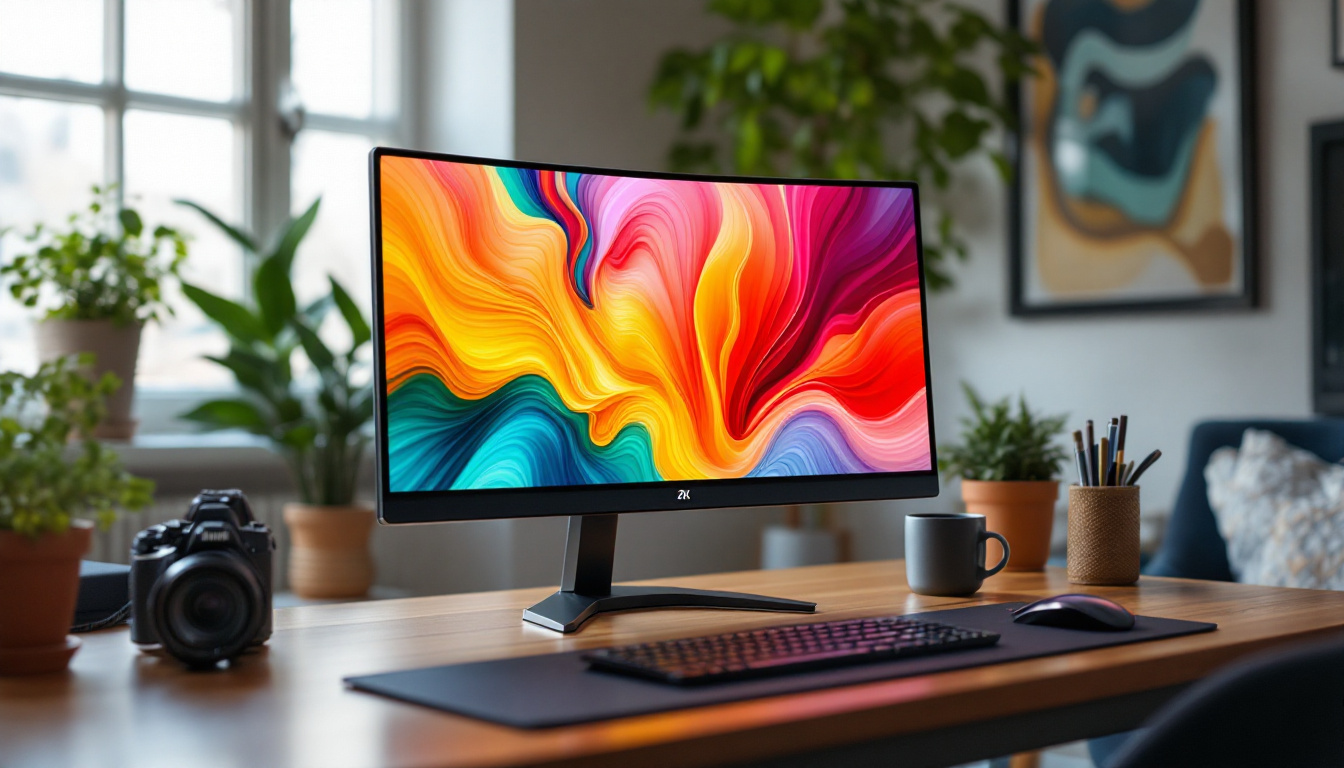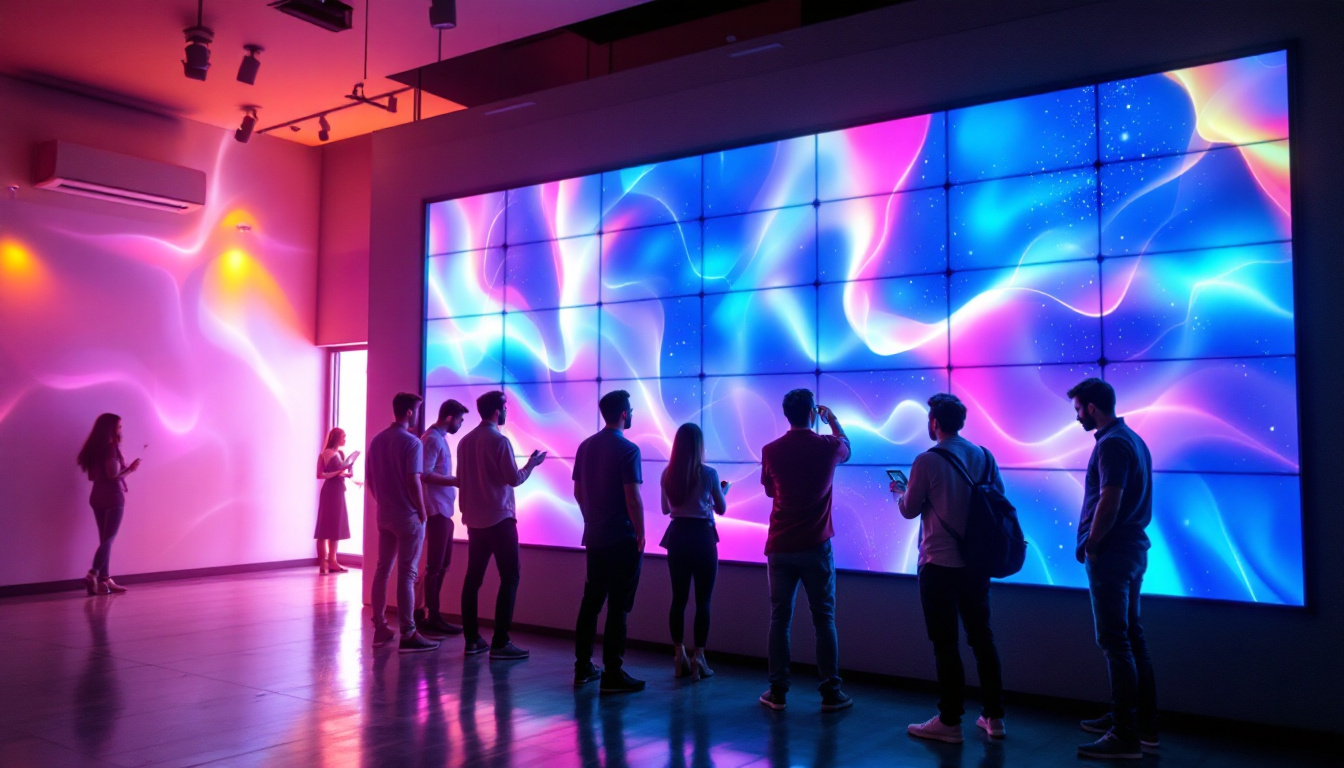In recent years, LED wall mount lights have become increasingly popular for indoor applications. Their versatility, energy efficiency, and aesthetic appeal make them a favored choice for both residential and commercial spaces. This article delves into the intricacies of LED wall mount lights, focusing on their functionality, advantages, and the technology behind LED displays.
Understanding LED Technology
Light Emitting Diodes (LEDs) are semiconductor devices that emit light when an electric current passes through them. Unlike traditional incandescent bulbs, which produce light through heat, LEDs are more energy-efficient and have a longer lifespan. This section explores the fundamental aspects of LED technology and its implications for indoor lighting.
The Basics of LED Operation
At the core of LED technology is the principle of electroluminescence. When electrons move through the semiconductor material, they release energy in the form of photons, which we perceive as light. This process is highly efficient, translating to less energy wasted as heat compared to conventional lighting solutions.
Furthermore, LEDs can be designed to emit light in various colors without the need for filters. This is achieved by altering the semiconductor materials used in the LED construction, allowing for a wide range of color temperatures and brightness levels. For instance, by using different combinations of gallium nitride and indium gallium nitride, manufacturers can create LEDs that emit everything from warm white light to vibrant blue hues, catering to diverse aesthetic and functional needs in various environments.
Advantages of LED Wall Mount Lights
LED wall mount lights offer numerous benefits that make them an attractive option for indoor lighting. Their energy efficiency is one of the most significant advantages, as they consume up to 80% less energy than incandescent bulbs. This not only reduces electricity bills but also contributes to a lower carbon footprint.
Another key advantage is their longevity. LED lights can last up to 25,000 hours or more, significantly outlasting traditional bulbs. This durability translates to fewer replacements and less waste, making them a more sustainable choice for indoor lighting. Additionally, the low heat output of LEDs means they are safer to use in enclosed spaces, reducing the risk of burns or fire hazards. This feature is particularly beneficial in homes with children or pets, where safety is a paramount concern. Moreover, the ability to dim LED lights without flickering enhances their versatility, allowing users to create the perfect ambiance for any occasion, from a cozy family dinner to a vibrant gathering with friends.
Applications of LED Wall Mount Lights
LED wall mount lights are incredibly versatile and can be used in a variety of settings. From homes to offices and retail spaces, their adaptability allows for creative and functional lighting solutions. This section examines some common applications of LED wall mount lights.
Residential Use
In residential settings, LED wall mount lights can enhance the ambiance of a room while providing essential illumination. They are often used in hallways, living rooms, and bedrooms to create a warm and inviting atmosphere. Additionally, their sleek design can complement modern interior decor, making them a popular choice among homeowners.
Moreover, LED wall lights can be utilized for task lighting, such as in reading nooks or workspaces. Their ability to focus light on specific areas helps improve visibility and reduces eye strain, making them a practical addition to any home. For instance, positioning these lights beside a favorite armchair can create the perfect reading corner, while installing them in a home office can help delineate work zones, enhancing both functionality and aesthetics.
Furthermore, LED wall mount lights can also serve as decorative elements. With a variety of styles and finishes available, homeowners can select fixtures that reflect their personal taste, from minimalist designs to more ornate options. This versatility allows for creative expression, as well as the opportunity to create a cohesive look throughout the home. Whether used to illuminate artwork or to accentuate architectural features, these lights can transform any space into a visually stunning environment.
Commercial and Retail Spaces
In commercial environments, LED wall mount lights play a crucial role in showcasing products and enhancing the overall shopping experience. Retailers often use these lights to highlight merchandise, creating visually appealing displays that attract customers.
Additionally, LED wall lights can be strategically placed in offices to improve productivity. Proper lighting is essential for maintaining employee morale and focus, and LED fixtures can provide the necessary brightness without causing glare or discomfort. By integrating adjustable wall lights, businesses can tailor the lighting to suit different tasks and activities, ensuring that workspaces are both functional and inviting.
Moreover, in hospitality settings such as restaurants and hotels, LED wall mount lights contribute significantly to the atmosphere. They can be used to create intimate dining experiences or to illuminate corridors and entryways, guiding guests with a warm glow. The energy efficiency of LED technology also aligns with sustainability goals, making them an attractive option for businesses looking to reduce their carbon footprint while still providing high-quality lighting solutions. This dual benefit of aesthetics and sustainability makes LED wall lights a favored choice in the competitive landscape of commercial design.
Choosing the Right LED Wall Mount Light
Selecting the appropriate LED wall mount light involves considering several factors, including brightness, color temperature, and design. This section outlines important considerations to help make an informed decision.
Brightness and Lumens
Brightness is measured in lumens, and understanding this measurement is crucial when selecting an LED wall mount light. Higher lumens indicate brighter light, which is essential for areas requiring more illumination, such as kitchens or workspaces.
For ambient lighting, a lower lumen output may suffice, while task-oriented spaces may require brighter fixtures. It’s essential to assess the specific needs of the area to choose the right brightness level. Additionally, consider the layout and size of the room; larger spaces may necessitate multiple fixtures to achieve even illumination, while smaller areas can often be adequately lit with a single well-placed light. This strategic placement can enhance both functionality and aesthetics, ensuring that every corner of the room is well-lit without creating harsh shadows or overly bright spots.
Color Temperature
Color temperature, measured in Kelvin (K), affects the mood and functionality of a space. Warmer temperatures (2700K-3000K) create a cozy atmosphere, ideal for living areas and bedrooms, while cooler temperatures (4000K-5000K) are better suited for workspaces and kitchens, promoting alertness and focus.
When selecting LED wall mount lights, consider the desired ambiance and functionality of the space to determine the appropriate color temperature. It’s also worth noting that the color rendering index (CRI) of the light can significantly impact how colors appear in the room. A higher CRI (above 90) ensures that colors look more vibrant and true to life, which is particularly important in spaces where you want to showcase artwork or design elements. Furthermore, experimenting with different color temperatures in various areas can create distinct zones within an open-plan space, allowing for both relaxation and productivity as needed.
Installation and Maintenance
Installing LED wall mount lights can be a straightforward process, provided the necessary precautions are taken. This section discusses installation tips and maintenance practices to ensure optimal performance.
Installation Tips
Before installation, it is crucial to turn off the power supply to avoid electrical hazards. Depending on the design of the light fixture, it may require mounting brackets or direct wiring to the electrical system. Following the manufacturer’s instructions is essential for a safe and effective installation.
Additionally, considering the height and location of the fixtures can significantly impact the lighting effect. Placing lights at eye level or slightly above can create a more inviting atmosphere, while ensuring adequate spacing between fixtures can prevent harsh shadows.
Maintenance Practices
One of the advantages of LED wall mount lights is their low maintenance requirements. However, periodic cleaning is recommended to ensure optimal performance. Dust and debris can accumulate on the fixture, diminishing light output over time.
Using a soft, dry cloth to wipe down the fixtures can help maintain their appearance and functionality. Additionally, checking for any loose connections or signs of wear can prevent potential issues and extend the lifespan of the lights.
The Future of LED Wall Mount Lighting
The evolution of LED technology continues to shape the future of indoor lighting. Innovations in design, efficiency, and functionality are paving the way for even more advanced lighting solutions. This section explores emerging trends and technologies in LED wall mount lighting.
Smart Lighting Integration
With the rise of smart home technology, LED wall mount lights are increasingly being integrated into smart systems. This allows users to control lighting remotely, adjust brightness levels, and even change color temperatures through smartphone applications or voice commands.
Smart lighting not only enhances convenience but also promotes energy efficiency. Users can schedule lighting based on their routines, ensuring lights are only on when needed, further reducing energy consumption.
Design Innovations
As design trends evolve, LED wall mount lights are becoming more versatile in aesthetics. Manufacturers are experimenting with various materials, shapes, and finishes to create fixtures that complement diverse interior styles.
From minimalist designs to more elaborate artistic pieces, the options are endless. This evolution allows consumers to choose fixtures that not only serve a functional purpose but also enhance the overall decor of their spaces.
Conclusion
LED wall mount lights represent a significant advancement in indoor lighting technology. Their energy efficiency, longevity, and versatility make them an ideal choice for various applications, from residential to commercial settings. As the technology continues to evolve, consumers can expect even more innovative solutions that enhance both functionality and aesthetics.
When selecting LED wall mount lights, it is essential to consider factors such as brightness, color temperature, and design to ensure the perfect fit for any space. With proper installation and maintenance, these fixtures can provide reliable and efficient lighting for years to come.
In a world increasingly focused on sustainability and energy conservation, LED wall mount lights stand out as a beacon of modern lighting solutions. Embracing this technology not only enhances indoor environments but also contributes to a greener future.
Discover LumenMatrix’s Innovative LED Solutions
Ready to elevate your space with the latest in LED technology? LumenMatrix offers a comprehensive range of LED display modules tailored to your needs. Whether you’re looking to enhance your brand’s visibility, create a mesmerizing indoor ambiance, or captivate your audience with dynamic visual experiences, LumenMatrix has the solution. From Indoor LED Wall Displays to Custom LED Displays and beyond, our mission is to revolutionize your visual communication. Check out LumenMatrix LED Display Solutions today and step into the future of lighting and display technology.

